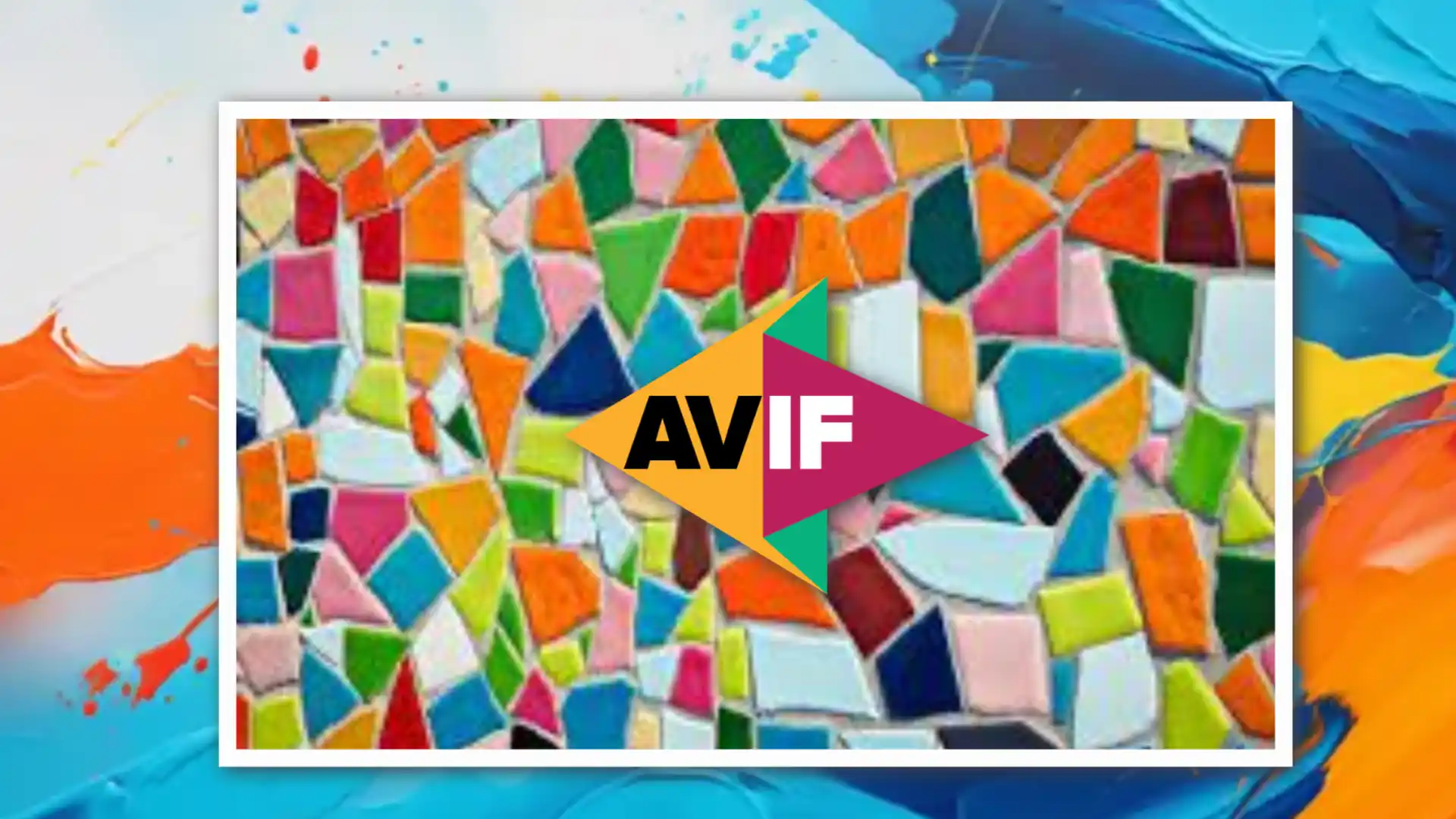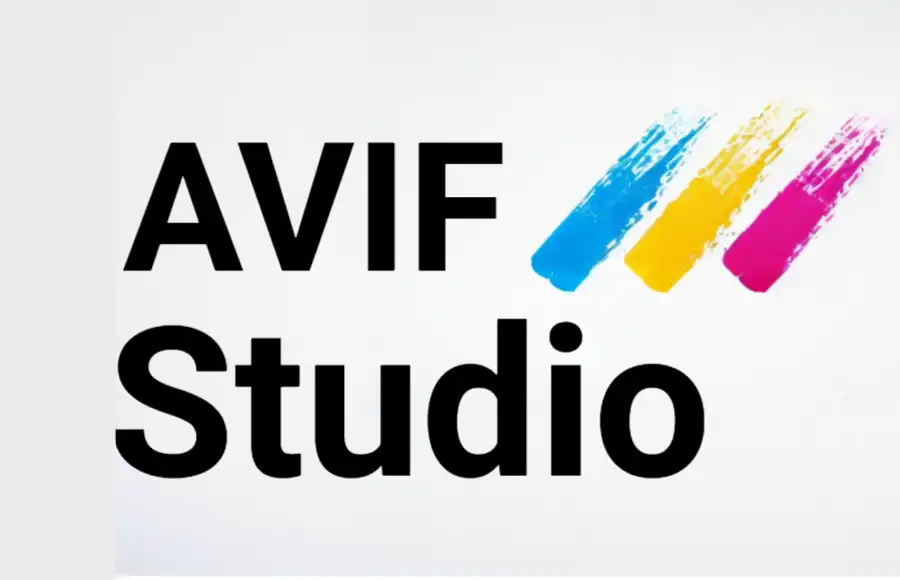Enhancing Image Delivery: AVIF Support for Tiling

With the rising demand for high-quality image delivery on the web, AVIF (AV1 Image File Format) emerges as a promising solution. AVIF's support for tiling offers enhanced capabilities, optimizing both image quality and delivery efficiency.
Tiling in AVIF involves dividing an image into smaller tiles, each independently compressed and decoded. This approach enables more efficient encoding and decoding processes, reducing bandwidth requirements while maintaining high image quality.
One of the significant advantages of tiling is its ability to deliver images progressively. With traditional image formats, users often experience slow loading times, especially for large images. However, with AVIF's tiled approach, users can start viewing an image as soon as the initial tiles are downloaded, providing a smoother and more responsive browsing experience.
Moreover, tiling facilitates better compression efficiency, particularly for large images. By breaking an image into smaller tiles, AVIF can apply compression algorithms more effectively, resulting in smaller file sizes without sacrificing quality. This capability is particularly beneficial for websites and applications where image quality and loading speed are paramount.
Additionally, AVIF's support for tiling opens up opportunities for dynamic image delivery. Websites can serve different tile resolutions based on device capabilities or network conditions, ensuring optimal performance across various platforms and connections.
Overall, AVIF's support for tiling represents a significant advancement in image compression and delivery. By leveraging this feature, developers can enhance user experiences by delivering high-quality images efficiently, making AVIF a compelling choice for modern web applications.
Frequently Asked Questions
- What is AVIF?
- What is tiling in the context of AVIF?
- How does AVIF support for tiling improve image delivery?
- What are the benefits of using tiling in AVIF?
- How does tiling affect image quality in AVIF?
- How does AVIF's support for tiling contribute to bandwidth efficiency?
- How does AVIF's support for tiling benefit web developers?
- Can AVIF's support for tiling be utilized in dynamic image delivery?
- How does AVIF's support for tiling impact image loading speed?
What is AVIF?
AVIF stands for AV1 Image File Format. It is a next-generation image file format based on the AV1 video codec developed by the Alliance for Open Media (AOMedia). AVIF offers significant improvements in image compression efficiency compared to traditional formats like JPEG and PNG.
AVIF achieves superior compression by utilizing advanced techniques such as intra-frame and inter-frame coding, transform coding, and predictive coding. These techniques allow AVIF to represent images with high fidelity at much smaller file sizes, making it ideal for various applications, including web delivery, streaming, and storage.
What is tiling in the context of AVIF?
Tiling in the context of AVIF refers to a technique where an image is divided into smaller rectangular regions called tiles. Each tile is encoded and decoded independently, allowing for more efficient compression and transmission of large images.
By breaking down the image into tiles, AVIF can optimize compression algorithms on a per-tile basis, resulting in better overall compression efficiency. Tiling also enables progressive image loading, where users can start viewing the image as soon as the initial tiles are downloaded, providing a smoother browsing experience.
How does AVIF support for tiling improve image delivery?
AVIF support for tiling improves image delivery by offering more efficient compression and transmission of images, especially large ones. Tiling allows AVIF to apply compression algorithms more effectively on smaller regions of the image, resulting in smaller file sizes without compromising image quality.
Furthermore, tiling enables progressive image loading, meaning users can start viewing the image before it's fully downloaded. This progressive rendering enhances the user experience by reducing perceived loading times and providing a smoother browsing experience, particularly on slower connections.
What are the benefits of using tiling in AVIF?
There are several benefits of using tiling in AVIF. Firstly, tiling enables better compression efficiency by allowing AVIF to apply compression algorithms more effectively on smaller regions of the image. This results in smaller file sizes without sacrificing image quality, which is crucial for web delivery and storage applications.
Secondly, tiling facilitates progressive image loading, meaning users can start viewing the image as soon as the initial tiles are downloaded. This progressive rendering improves the user experience by reducing perceived loading times and providing a smoother browsing experience, especially on slower connections.
How does tiling affect image quality in AVIF?
Tiling in AVIF has a positive impact on image quality. By breaking the image into smaller tiles, AVIF can apply compression algorithms more effectively on a per-tile basis. This allows AVIF to preserve image details and fidelity while achieving smaller file sizes compared to traditional image formats like JPEG and PNG.
Additionally, tiling enables better optimization of compression artifacts. Since each tile is compressed and decoded independently, any compression artifacts are localized to specific regions of the image, minimizing their impact on overall image quality. This results in high-quality images with reduced file sizes.
How does AVIF's support for tiling contribute to bandwidth efficiency?
AVIF's support for tiling contributes to bandwidth efficiency by optimizing image compression and transmission. Tiling allows AVIF to divide large images into smaller tiles, which can be compressed and transmitted independently. This enables more efficient use of bandwidth, as only the necessary tiles need to be downloaded for viewing.
Furthermore, tiling enables progressive image loading, where users can start viewing the image before it's fully downloaded. This reduces the amount of data required to be transferred upfront, resulting in faster perceived loading times and reduced strain on network bandwidth.
How does AVIF's support for tiling benefit web developers?
AVIF's support for tiling offers several benefits to web developers. Firstly, it enables more efficient image delivery by optimizing compression and transmission of large images. This results in faster loading times and improved user experience, which are critical factors for web development.
Secondly, tiling facilitates progressive image loading, allowing developers to prioritize and optimize image delivery based on user experience requirements. This flexibility enables developers to create websites with smoother browsing experiences, especially on slower connections or devices with limited bandwidth.
Can AVIF's support for tiling be utilized in dynamic image delivery?
Yes, AVIF's support for tiling can be utilized in dynamic image delivery. Tiling allows images to be divided into smaller tiles, which can be served dynamically based on factors such as device capabilities, screen resolution, and network conditions.
Dynamic image delivery with AVIF's tiling support enables web developers to optimize image delivery for different scenarios. For example, higher-resolution tiles can be served to devices with larger screens or faster connections, while lower-resolution tiles can be served to devices with smaller screens or slower connections.
How does AVIF's support for tiling impact image loading speed?
AVIF's support for tiling positively impacts image loading speed by enabling progressive image loading. With tiling, users can start viewing the image as soon as the initial tiles are downloaded, rather than waiting for the entire image to load.
This progressive rendering reduces perceived loading times and provides a smoother browsing experience, especially on slower connections or when loading large images. Additionally, by prioritizing the loading of essential tiles, AVIF's tiling support further enhances image loading speed and overall user experience.
